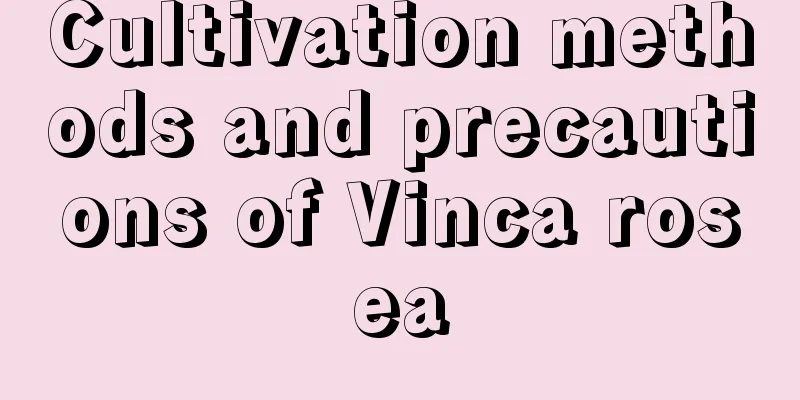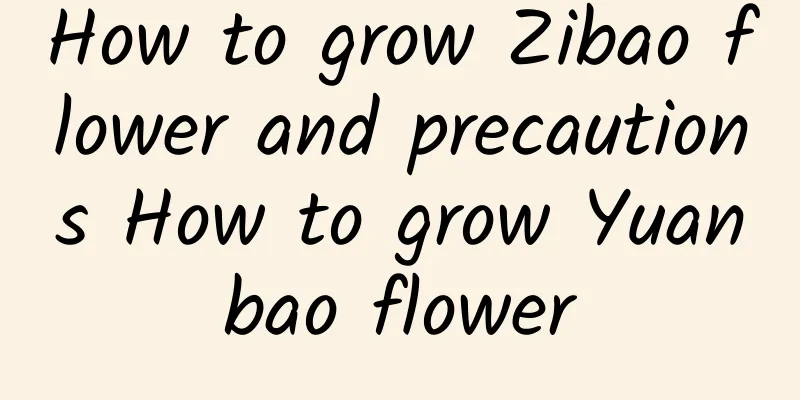What should I do if I over-fertilize flowers in autumn?

Method 1: WateringWe often hear old gardeners say "water and fertilizer management" during the process of growing flowers, which shows that watering and fertilizing are often coordinated in the maintenance process of flowers. If you find that your flowers are over-fertilized and suffer from fertilizer damage, you can immediately water the flowers that are harmed by fertilizer to remedy the situation. Continuous watering 2-3 times should be able to dilute the overly concentrated fertilizer in time, making it easier to discharge the high-concentration fertilizer. Method 2: Replace the potting soilRemove the plants that have been over-fertilized from the original pots, clear the soil, and clean the roots of the flowers. Be careful not to damage the roots of the plants during the cleaning process. After cleaning, you can prune the entire plant, cut off the damaged roots and yellow, dry branches and leaves, and dry the wounds to prevent infection. Then prepare new potting soil and replant. Method 3: Clean in timeAfter discovery, place the potting soil in clean water for cleaning, control the water level to about 2-3 cm above the surface of the flower pot, ensure that the fertilizer can be cleaned and lowered in time and effectively, and place the flowers in a shady place. Note that plants that have just been repotted should be placed in a cool and ventilated location as much as possible to avoid direct sunlight. Normal flower care can be carried out only after the growth of the flowers returns to normal. Flower fertilization methodThe fertilization of flowers should mainly be carried out according to the growth habits of the flowers. For plants that like fertilizer, it is naturally easy, but for flowers that do not like fertilizer to a certain extent, you need to be extra careful when fertilizing. The fertilization method for this type of flowers should be based on the main principle of "frequent application of thin fertilizers", and fertilization should be carried out at the right time and in the right amount. In addition, the editor here reminds everyone that during the fertilization process, for some more delicate flower varieties, you must be careful not to let the fertilizer touch the branches, leaves and roots of the flowers to prevent burns and seedling burning. |
<<: Four key points for flower care in autumn
Recommend
What are the cultivation methods and precautions of purple-backed arrowroot?
Growth habits of purple-backed arrowroot Purple-b...
How to graft Ficus ginseng
Grafting of Ficus ginseng There are two methods o...
What fertilizer to use for Aspidistra
1. What fertilizer does it use? 1. Soak soybeans ...
What to do if Phalaenopsis leaves have black spots
1. Proper sunshade Reason: Phalaenopsis cannot be...
Is it possible to plant cucumbers in successive crops?
Cucumber is a common vegetable and the most widel...
Breeding methods and precautions of Million Bells
1. Fertilization The million bell plant does not ...
How to hydroponically cultivate wedding spider plants
Container selection As long as it can hold water,...
Can roses be grown hydroponically?
Can roses be grown hydroponically? Roses can be g...
Cultivation method of peony cassia
1. Soil Peony gardenia likes acidic soil, so the ...
The efficacy and function of royal poinciana
Introduction The medicinal use of Delonix regia i...
How to grow golden chrysanthemum
1. Maintain the environment 1. Flower soil: Durin...
How to fertilize the plant
1. Growth habits They like an environment with hi...
How to prune Hawaiian bamboo
Hawaiian Bamboo Pruning Time It is generally more...
When does the locust tree sprout and grow leaves?
Sophora japonica tree overview The Sophora japoni...
Can pumpkin be eaten raw? What are the benefits of eating pumpkin?
1. Can pumpkin be eaten raw? Pumpkin can be eaten...









